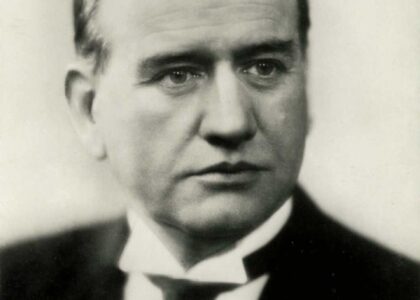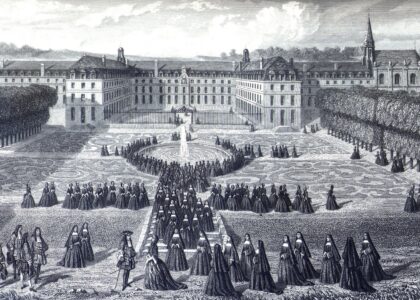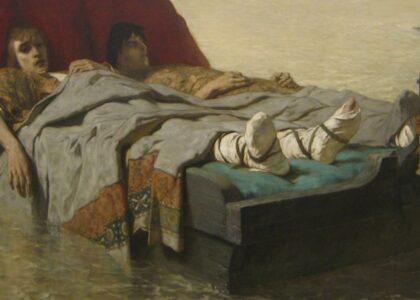Welcome to the Orange County Historical Museum, a cornerstone of historical preservation in Hillsborough, North Carolina. Established in 1957 by the Hillsborough Garden Club, this museum stands as a custodian of the rich and varied history of Orange County, which was founded in 1752. Originally, the museum occupied the site of the Session House for the nearby Presbyterian Church, before moving to its current building constructed in 1934 under New Deal programs.
One of the most significant historical moments connected to this area occurred during the closing days of the American Civil War. On April 18, 1865, General Joseph E. Johnston surrendered 90,000 Confederate troops to Union General William T. Sherman at Bennett Place, then part of Orange County. Prior to this surrender, Confederate General Wade Hampton camped at the Alexander Dickson House in Hillsborough, which now serves as the town’s Visitor Center. This act of surrender was pivotal in the broader context of American history, marking the beginning of the end of the Civil War.
The museum brings to life the history of Orange County through its permanent exhibits, which chronologically trace the county’s development from the early Native American settlements, through colonial times, and up to the mid-20th century. Special exhibits shine a spotlight on various facets of local history, such as the role of youth sports or the intriguing collections of local residents.
Hillsborough itself has been a hub of significant historical events. Founded in 1754, it was originally named Corbin Town, then Childsburgh, before being renamed Hillsborough in 1766, after Wills Hill, the Earl of Hillsborough. The area was a hotbed of tension during the Regulator Movement in the late 1760s, a prelude to the American Revolution, where local farmers rose against corrupt colonial officials.
The museum, along with the town, offers a glimpse into the lives of notable figures from the past. It hosts events such as the celebration of the Third Provincial Congress, which once met in Hillsborough during the early revolutionary period, and showcases dramatizations and reenactments that provide a window into the past.
As you explore, imagine the bustling streets of old Hillsborough, where merchants, farmers, and soldiers once walked. Each exhibit at the museum tells a story of resilience, conflict, and community, reflecting the broader tapestry of American history.




